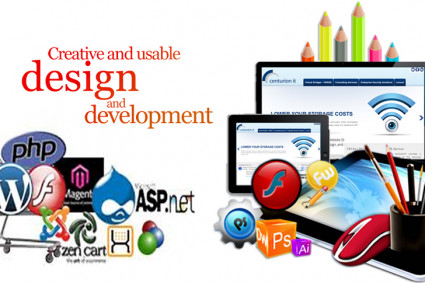
Quality assurance plays a pivotal role in ensuring the success and credibility of any product or service. By implementing rigorous quality checks and standards throughout the development process, companies can enhance customer satisfaction, build trust, and maintain a competitive edge in the market. Without proper quality assurance practices in place, the likelihood of defects, errors, and failures significantly increases, potentially leading to dissatisfied customers, reputational damage, and financial losses.
Moreover, quality assurance helps organizations meet regulatory requirements and industry standards, ultimately contributing to the overall reliability and safety of their offerings. By systematically evaluating and monitoring the quality of deliverables, businesses can identify and rectify potential issues early on, reducing the likelihood of costly recalls, legal complications, and negative publicity. Emphasizing quality assurance as a core aspect of business operations not only fosters a culture of excellence and continuous improvement but also paves the way for long-term success and sustainable growth.
The Role of Testing in Ensuring Product Reliability
In the software testing firm, testing plays a crucial role in ensuring the reliability of products. Through rigorous testing processes, defects and bugs are identified and rectified before the product reaches the end-users. This helps in improving the overall quality and performance of the software, leading to higher customer satisfaction and trust in the product.
An effective testing strategy involves various types of testing methods such as unit testing, integration testing, system testing, and acceptance testing. Each of these testing methods serves a specific purpose in evaluating different aspects of the software, ensuring that it meets the specified requirements and functions as intended. By incorporating a comprehensive testing approach throughout the development cycle, organizations can minimize the risk of critical failures and deliver a more robust and reliable product to their customers.
Different Types of Testing Methods Used in the Industry
When it comes to ensuring the quality and reliability of products, testing plays a crucial role in the industry. One common method used is functional testing, which focuses on verifying that the software functions as expected according to the specified requirements. This type of testing ensures that all features work correctly and meet user expectations, helping to deliver a reliable product to customers.
In addition to functional testing, another widely used method is performance testing. This type of testing evaluates the system's performance under various conditions to ensure it can handle the expected workload effectively. By simulating real-world scenarios and monitoring the system's response times, performance testing helps identify and address bottlenecks, ensuring a smooth user experience and preventing potential issues in production.
Challenges Faced by Testing Teams
Testing teams often encounter various challenges in their day-to-day operations. One common issue is the lack of clear communication between team members and other stakeholders involved in the testing process. This can lead to misunderstandings, delays in feedback, and ultimately impact the quality of testing outcomes.
Another significant challenge faced by testing teams is the constant pressure to meet tight deadlines while ensuring thorough testing coverage. Balancing speed with accuracy can be a daunting task, especially when faced with continuously evolving software requirements and limited resources. This challenge underscores the importance of effective time management and prioritization within testing teams to deliver reliable results within project timelines.
Best Practices for Effective Testing Strategies
When it comes to effective testing strategies, one crucial practice is to establish clear objectives and requirements before initiating the testing process. By clearly defining what needs to be tested and the expected outcomes, testing teams can focus their efforts and resources more efficiently.
Another best practice is to prioritize testing based on the potential risks and impact on the product or system. By identifying critical areas that require thorough testing, teams can allocate resources effectively and ensure that the most vulnerable aspects are thoroughly examined before moving on to less critical areas.
The Impact of Automation on Testing Processes
Without a doubt, the integration of automation in testing processes has revolutionized the way software products are evaluated for quality and reliability. Automation tools allow testing teams to efficiently execute repetitive test cases, saving time and resources. By automating routine tests, teams can focus more on complex scenarios and exploratory testing, ultimately improving the overall quality of the product.
Furthermore, automation in testing processes leads to increased test coverage, as it enables the execution of a large number of test cases across different environments and configurations. This helps in identifying bugs and issues that might go unnoticed during manual testing. With automation, testing teams can ensure that the product functions as intended under various conditions, leading to a more robust and reliable software product in the end.





